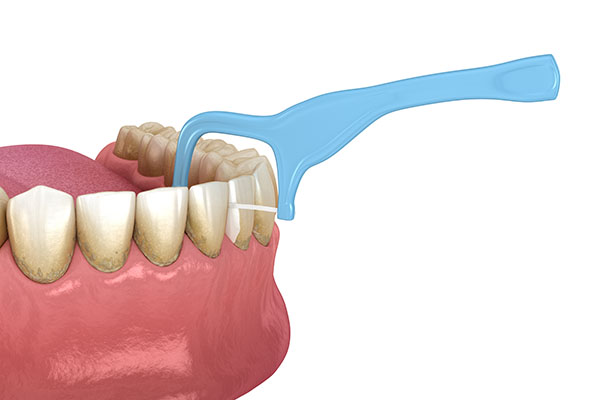Bonded Teeth Whitening Guide: Fast Results
The quest for a dazzling smile has led many to explore various teeth whitening options, with bonded teeth being a particular focus for those who have undergone dental restoration. When it comes to achieving fast results, understanding the process, benefits, and limitations of whitening bonded teeth is crucial. This comprehensive guide is designed to navigate individuals through the ins and outs of whitening bonded teeth, ensuring they make informed decisions about their dental care.
Understanding Bonded Teeth
Before diving into the whitening process, it’s essential to grasp what bonded teeth are. Dental bonding is a procedure where a tooth-colored resin is applied to repair or improve the appearance of a tooth. This resin is durable and can withstand the forces of chewing, making it an effective solution for fixing chips, closing gaps, and altering the shape of teeth. However, the material used for bonding is distinct from natural enamel and dentin, which can affect how it responds to whitening treatments.
Challenges of Whitening Bonded Teeth
One of the primary challenges with whitening bonded teeth is that the bonding material does not respond to whitening agents in the same way as natural teeth. Whitening products, whether professional or over-the-counter, contain peroxides that penetrate the tooth structure to break down stains. Since bonded teeth are made of a non-porous resin, these peroxides cannot penetrate as effectively, if at all, which means the bonded area may not lighten as much as the surrounding natural teeth.
Solutions for Whitening Bonded Teeth
Despite the challenges, there are solutions for individuals looking to whiten their bonded teeth:
Professional Consultation: The first step should always be a consultation with a dental professional. They can assess the bonding and provide guidance on the best approach, considering the type of bonding material used and the condition of the surrounding teeth.
Replacing the Bonding: In some cases, the most effective solution may be to replace the old bonding with new material that matches the desired shade. This approach not only whitens the bonded area but also ensures the bonding is fresh and less likely to deteriorate.
Whitening Natural Teeth: If the bonding is in good condition and replacing it is not feasible, focusing on whitening the natural teeth can still greatly enhance the overall appearance of the smile. Professional whitening treatments can be very effective, and the dentist can help choose a shade that complements the bonded teeth.
At-Home Whitening Kits: For maintenance and mild improvements, at-home whitening kits can be used. However, it’s crucial to follow the dentist’s advice on which products are safe for bonded teeth and to understand that results may vary.
Maintaining Whitened Teeth
After achieving the desired level of whitening, maintaining the results is key. Here are some tips:
- Regular Dental Care: Maintain good oral hygiene practices, including brushing and flossing daily, and scheduling regular dental check-ups.
- Avoid Stain-Causing Foods and Drinks: Limit consumption of coffee, tea, red wine, and other foods that can stain teeth.
- Touch-Up Treatments: Consider occasional touch-up whitening treatments to maintain the brightness of your smile.
Conclusion
Whitening bonded teeth requires careful consideration and professional guidance. While it presents unique challenges, the desire for a whiter, brighter smile can still be achieved through the right combination of professional advice, treatment options, and at-home care. Remember, the goal of any dental treatment should be not only aesthetic improvement but also the health and integrity of the teeth and gums. By understanding the process and limitations of whitening bonded teeth, individuals can make informed decisions that lead to a smile they feel confident about.
Can bonded teeth be whitened at home?
+While at-home whitening kits are available, their effectiveness on bonded teeth is limited. The resin used for bonding does not respond well to whitening agents. It’s recommended to consult a dentist for personalized advice on whitening bonded teeth.
How long do whitening results last on natural teeth?
+The longevity of whitening results can vary significantly depending on oral hygiene practices, diet, and lifestyle. On average, professional whitening results can last from a few months to three years. Regular maintenance and touch-up treatments can help prolong the results.
Is teeth whitening safe for everyone?
+While generally safe, teeth whitening may not be suitable for everyone, particularly those with sensitive teeth, gum recession, or certain dental work. Pregnant or breastfeeding women should also consult their dentist before undergoing any whitening treatment. A professional consultation can help determine the best approach for individual cases.
